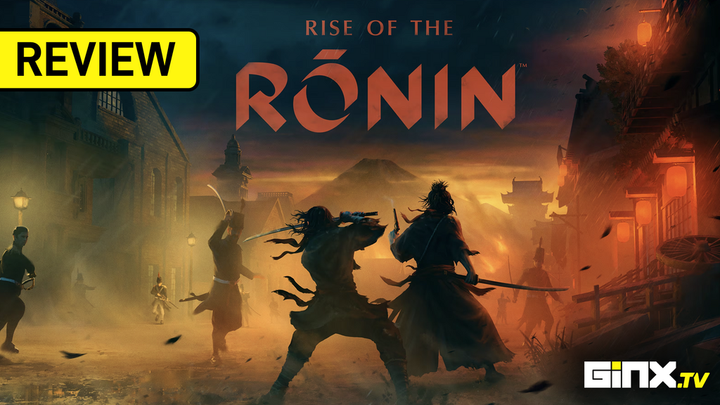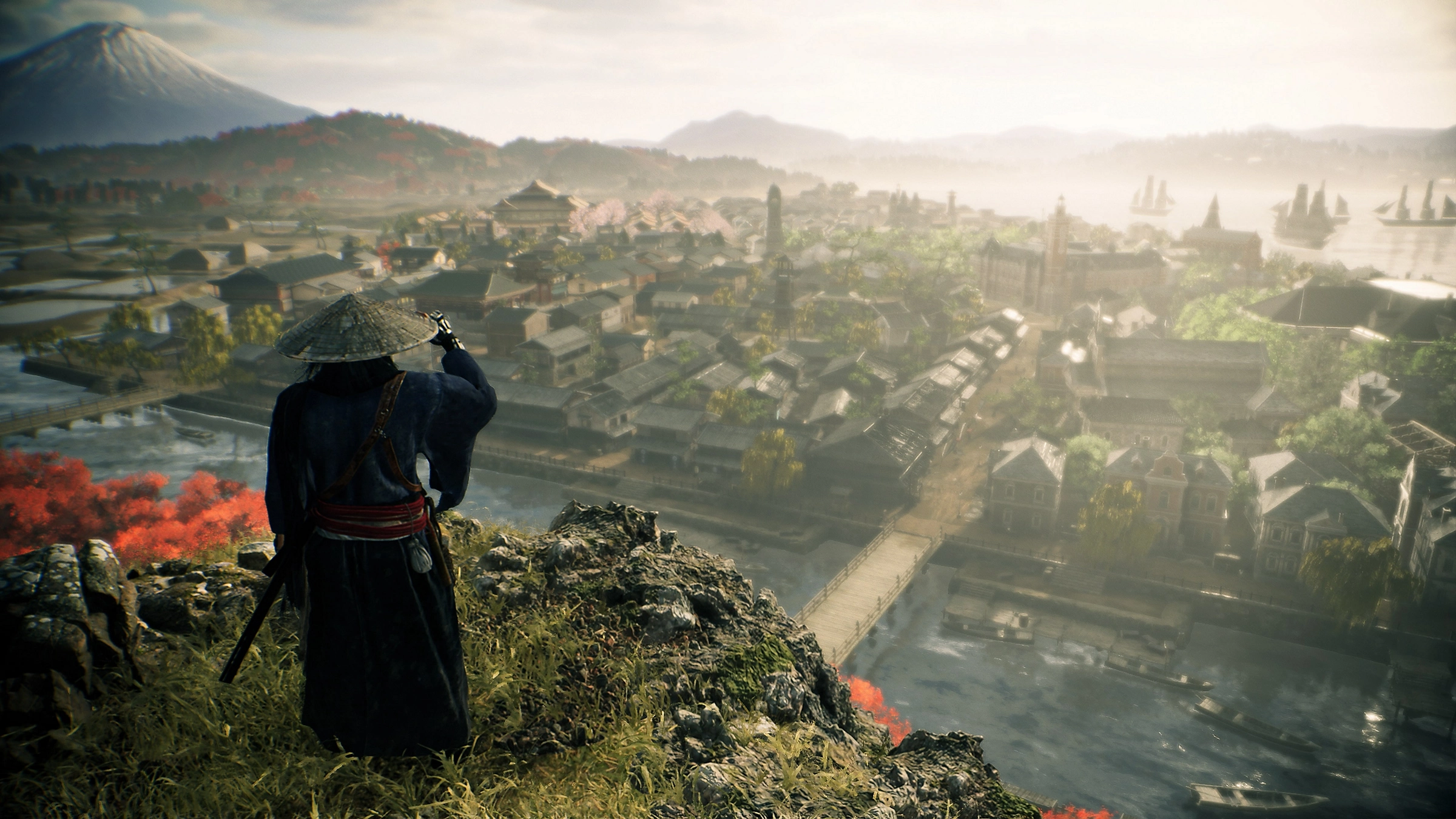Rise of the Ronin is Team Ninja's most ambitious title to date. It sometimes tries to do much with its narrative, new companion system, and various gameplay mechanics, but somehow manages to pull it all together at the last moment, making this a one-of-a-kind flawed but memorable action RPG experience.
With Rise of the Ronin, Team Ninja surprisingly ventures way out of its comfort zone, telling an impactful story with a multitude of memorable characters. It introduces a bland but purposeful open world, while still firmly keeping its toes on the ground and doing what it does best — providing a relentless and deeply satisfying combat experience.
Rise of the Ronin Overview
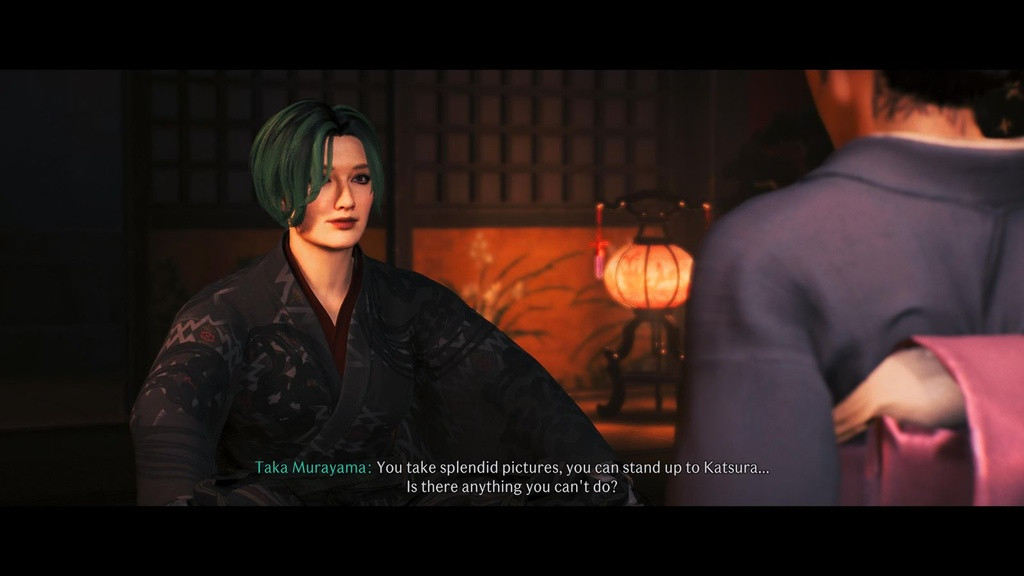
Rise of the Ronin's 30-hour story doesn't just act as a change of scenery between its frantic combat encounters. Instead, there's a compelling narrative here full of political conspiracies and unexpected revelations
Rise of the Ronin takes place in 19th century Japan, during the final years of the Edo period, often claimed to be one of the darkest periods in Japanese history. It's very different from the timelines explored in titles such as Nioh, Ghost of Tsushima and Sekiro: Shadows Die Twice.
Here, Japan is on the brink of a cultural revolution, with Western influences seeping far and deep into its tropical lands. Victorian buildings are a common sight throughout Yokohama, and Samurai can be seen wielding Bayonets; it's both intriguing and unsettling at the same time.
You play as a custom-created Ronin, a samurai without a master, who comes to Yokohama searching for their Twin Blade and gets entangled in the political uprising happening all across Japan between pro-shogunate and anti-shogunate factions.
Unlike past Team Ninja titles, Rise of the Ronin's 30-hour story doesn't just act as a change of scenery between its frantic combat encounters. Instead, there's a compelling narrative here full of political conspiracies and unexpected revelations. I was surprised to see how much time the game spent building its many characters, carefully fleshing out their motives in the ongoing conflict.
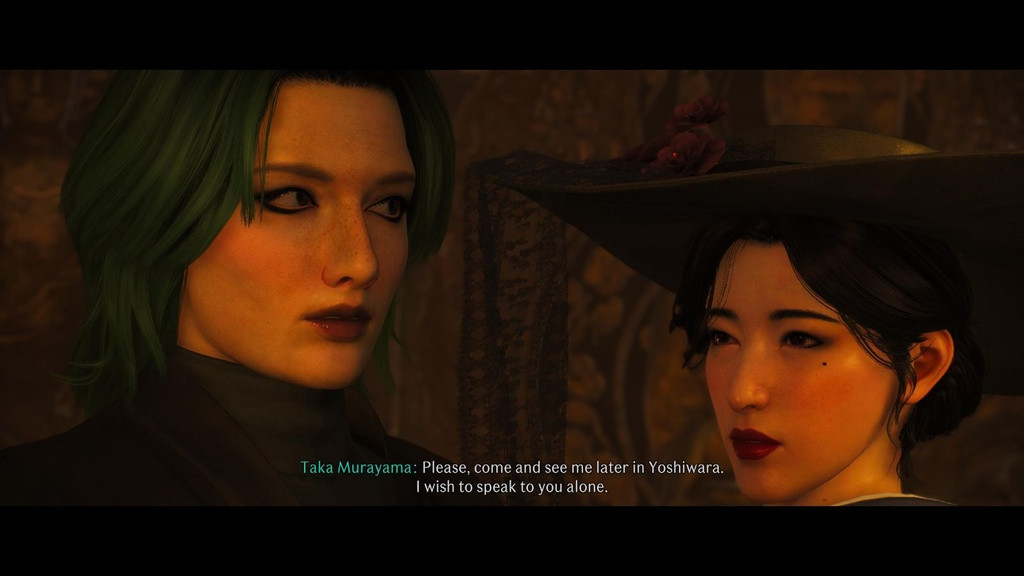
It's not perfect by any means, and the plot can be hard to follow at times, especially when the game suddenly introduces another notable historical figure and expects you to know everything about them in advance. However, despite the inconsistencies, Rise of the Ronin's main story offers some well-deserved emotional payoff by the end.
Rise of the Ronin’s bond system adds considerable weight to its many pivotal decision-making moments.
Your choices matter in Rise of the Ronin, and at key story junctions, you will find yourself siding with either pro-shogunate or anti-shogunate members. The ripple effect of your decisions won't be immediately obvious but when it does emerge, it is notable and impactful.
The bond system adds considerable weight to these decision-making moments. Many of the historical figures you meet in the game, such as Ryoma Sakamoto and Matthey Perry, will eventually become your companions, and you can raise your bond with them by completing side quests, favoring them in dialogues, and gifting them items of their liking.
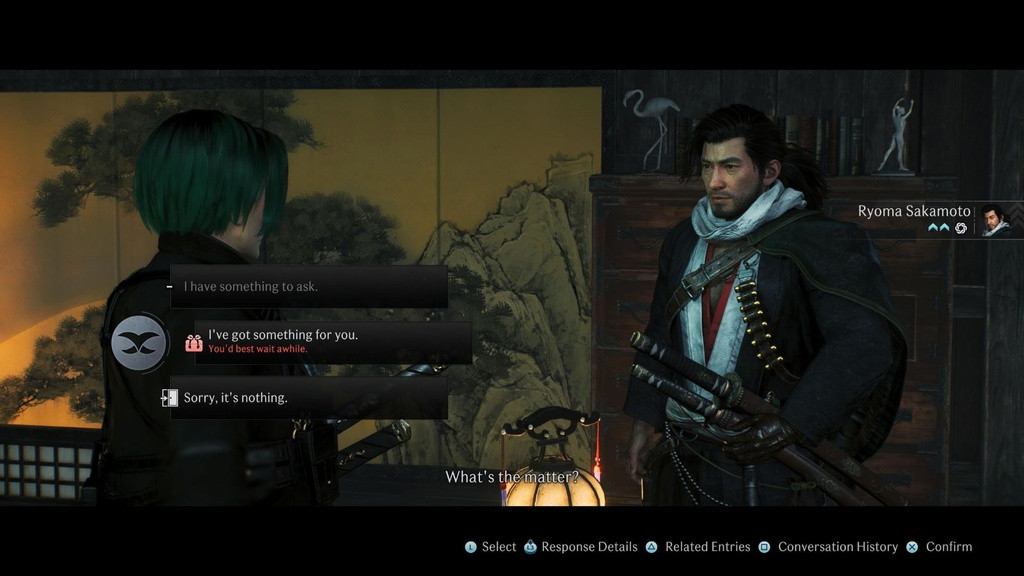
There is a gameplay benefit to all this as well (more on that later), but spending time with these characters fleshes out their backstories and cements their role in the overarching narrative. While most of these developments feel forced and unnatural, it's enough to bat an eye for them when the story demands it.
There is an overwhelming variety of weapon types in Rise of the Ronin, and each has three unique martial art combat styles, which you can learn, use, and master throughout the game.
Where Rise of the Ronin brazenly excels is its combat systems, which are an accumulation of everything Team Ninja has done in the past and more.
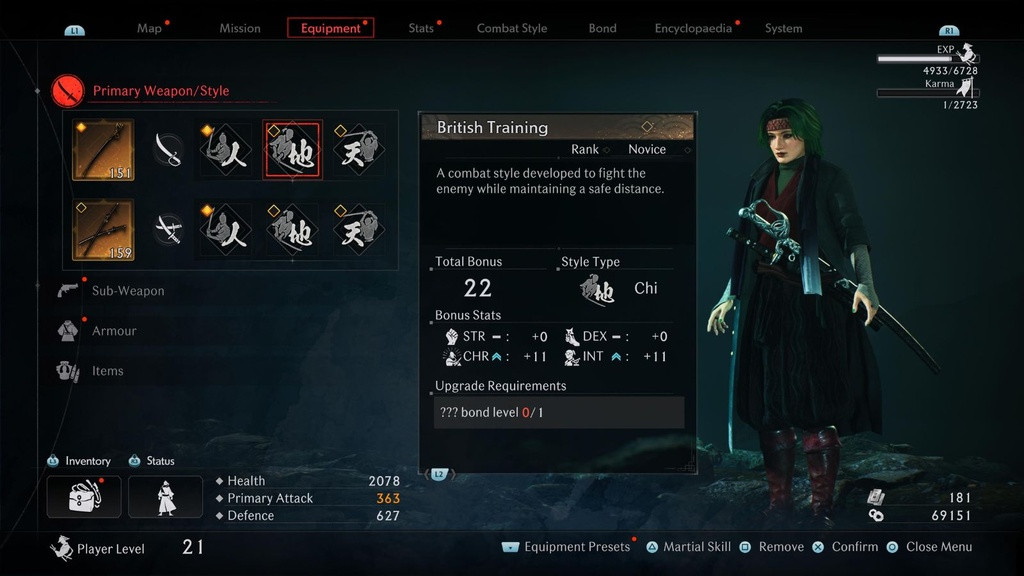
Nioh's Ki mechanic returns and is just as important as before. Wo Long's parry system has been greatly refined into something more menacing but also immensely satisfying to perfect.
There is an overwhelming variety of weapon types, and each have three unique martial art combat styles to learn, use, and master throughout the game. There are Katanas and Dual-Swords, which may seem familiar if you played the Nioh games, but also Bayonets and Oxtail Blades. My personal favorite is the Sabre and its British Training combat style, which is a joy to watch and use.
The parry and the grappling hook are two of the most satisfying gameplay attributes of modern AAA games, and Rise of the Ronin has both, but with a little twist.
Parry rhythm for each enemy is unique in Rise of the Ronin.
Parrying in this game is called Counterspark, which is exactly what it means. Countering an enemy's attack creates a clashing sound and a spark. Two things make parrying in Rise of the Ronin so articulate. Firstly, parrying a fiery arrow or bullet will light up your weapon, which is something that never gets old. Secondly, and most importantly, parrying doesn't follow the same rhythm for almost every enemy, as evident in games like Sekiro and Wo: Long.
Every weapon type and all bosses have a different attack pattern, which means the parry rhythm for each of them is unique. As such, you can't blindly spam counterspark or rely on muscle memory to overcome a hairy situation. Instead, you must carefully analyze every enemy's attack combo and act accordingly. Some bosses have extremely erratic attack patterns, which makes parrying incredibly challenging but equally rewarding once you get the notion right.
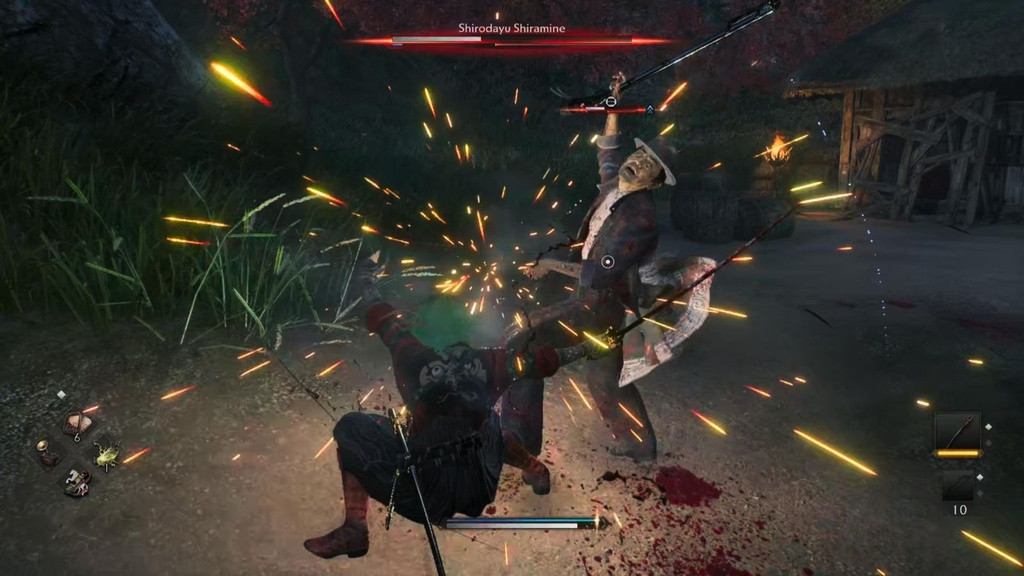
The grappling hook makes combat more frivolous, as you can use it to throw stunned enemies like a dodgeball. However, outside of combat, the grappling hook feels underutilized. Sure, it adds more verticality to exploration and combat, but its use feels restrictive, with only a few vantage points in every area taking advantage.
Behind these unique combat styles and compelling gameplay mechanics is an expansive skill tree spread across four different categories. These are Strength, Dexterity, Charm, and Intellect. Completing missions, defeating enemies, and leveling up will grant you skill points, but that wouldn't be enough to unlock various skills. In addition, you will need STR, DEX, CHR, and INT points to unlock skills in respective trees. There are different ways to unlock each sub-skill point, and this is where Rise's RPG mechanics kick in.
Rise of the Ronin's open world is barebone and acts as a change of scenery, just like how it's with the story in Nioh games.
Speaking of RPG mechanics, past Team Ninja titles were pretty generous with loot, and Rise of the Ronin is no different. Completing missions and looting chests will still get you a handful of new weapons and armor, but not at an alarming rate. Most importantly, there's now an efficient way of targeted-loot farming.
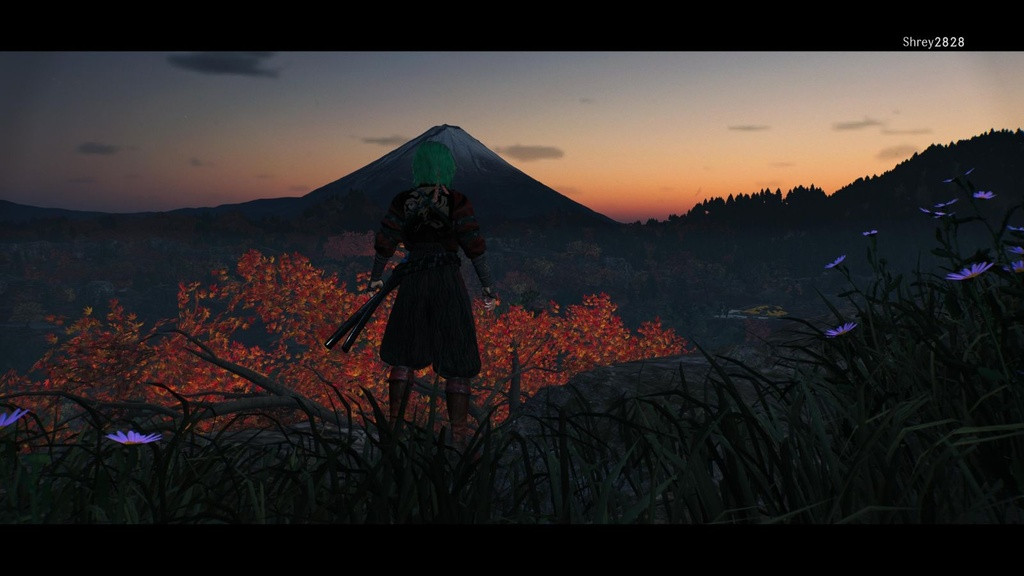
Every activity in Rise of the Ronin ties back to unlocking new weapons, armor, combat styles, and skill points. Raising your bond with companions will get you exclusive items. For instance, raising your bond with Igashichi Iizuka to "Inseparable" will get you the Legendary Lion's Rifle. Even completing the most mundane open world activities, like photo ops builds towards unlocking unique gear.
Rise of the Ronin's open world acts as a change of scenery. It's more barebones than Ubisoft's signature open world playgrounds, but it doesn't matter because it's only there as a temporary distraction from the game's more meaningful offerings. It works, as the occasional stops you make at the lush rice fields or the rain-soaked bamboo forests as Mt. Fuji gazes quietly in the distance feel revitalizing.
The occasional stops at the lush rice fields and the rain-soaked bamboo forests as Mt. Fuji gazes quietly in the distance feel revitalizing.
It's also worth adding that Rise of the Ronin isn't one of the best-looking open world games on PS5. Far from it. But its clever use of lighting and color effects makes it stand out in its unique way.
This isn't the first open world game that urges players to pursue busywork to unlock new gear and items. However, since this is an incredibly challenging game, it's essential to farm these items to improve your build and for the fashion game.
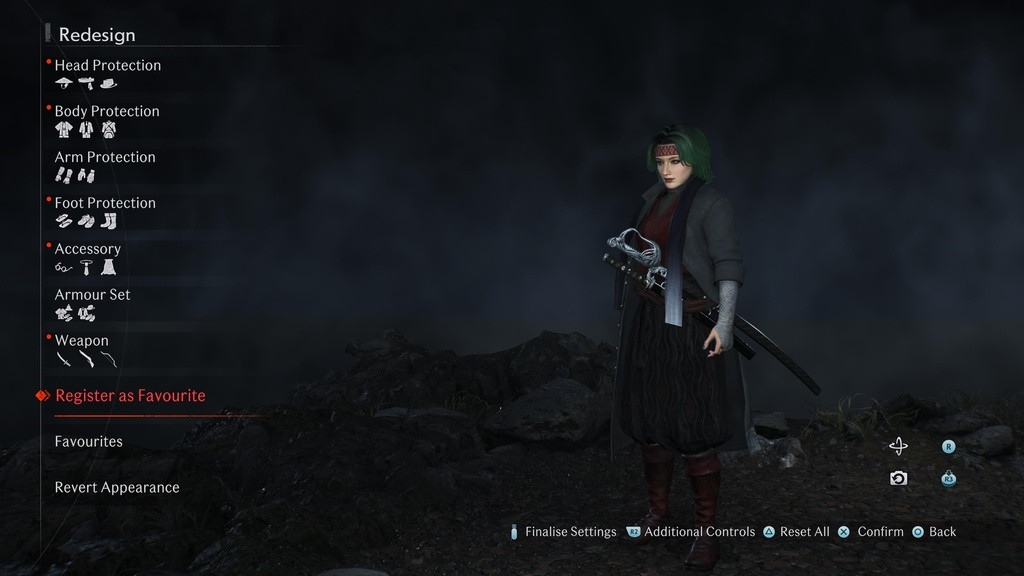
The Nioh games, despite their focus on itemization and build-crafting, had a pretty stale fashion game. Wo Long improved this to an extent, but Rise of the Ronin takes it to a different level.
I lost count of how many hours I spent tweaking my character's appearance and redesigning its attire. There's immense flexibility in how you mix and match various items. You can pair a turtleneck with a kimono and a long overcoat along with trousers and sandals and still look pretty neat.
With Rise of the Ronin, Team Ninja has also found a way to make souls-like games both accessible and challenging. Like Elden Ring, whenever an encounter seems too difficult, you can take a step back to complete side missions, clear enemy encampments, and kill fugitives to level up and unlock new skills and gear.
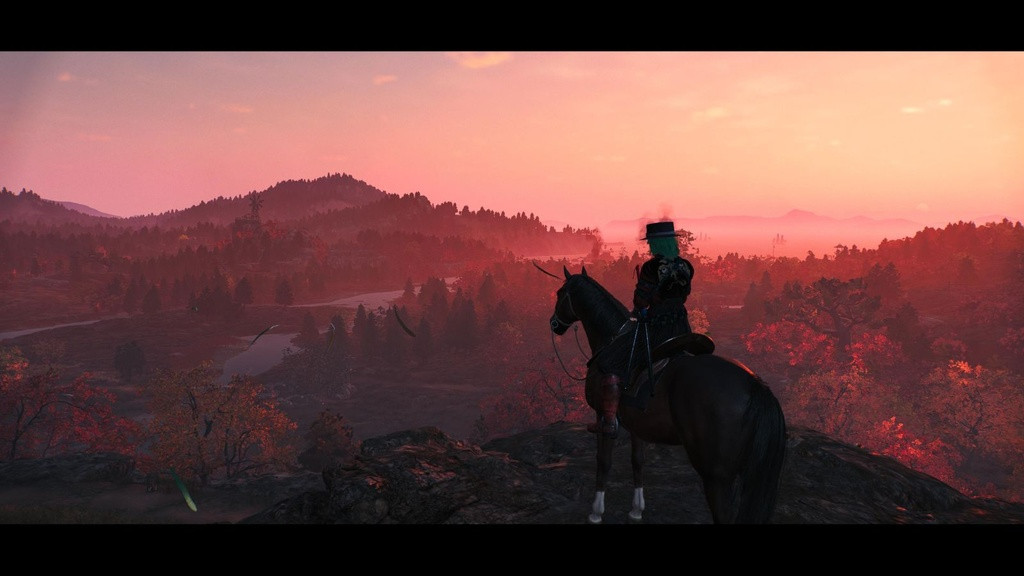
Rise of the Ronin takes it a bit further by adding three difficulty options and introducing multiple companions, each with unique perks that are useful in different battle scenarios. For instance, having Genzui Kusaka in your party will reduce Ki consumption of martial skills, whereas having Kogoro Katsura will make it harder for enemies to detect you.
One of the things that I disliked about Wo Long: Fallen Dynasty is that its boss battles became too lenient as the story progressed. That doesn't happen here. Enemies hit hard even on the lowest difficulty, especially later on in the game, forcing you to become proficient in combat regardless. Having a wide array of options that aid you in combat is the icing on the top, but it won't get the job done if you don't improvise.

 No ads, our video library,
No ads, our video library,
